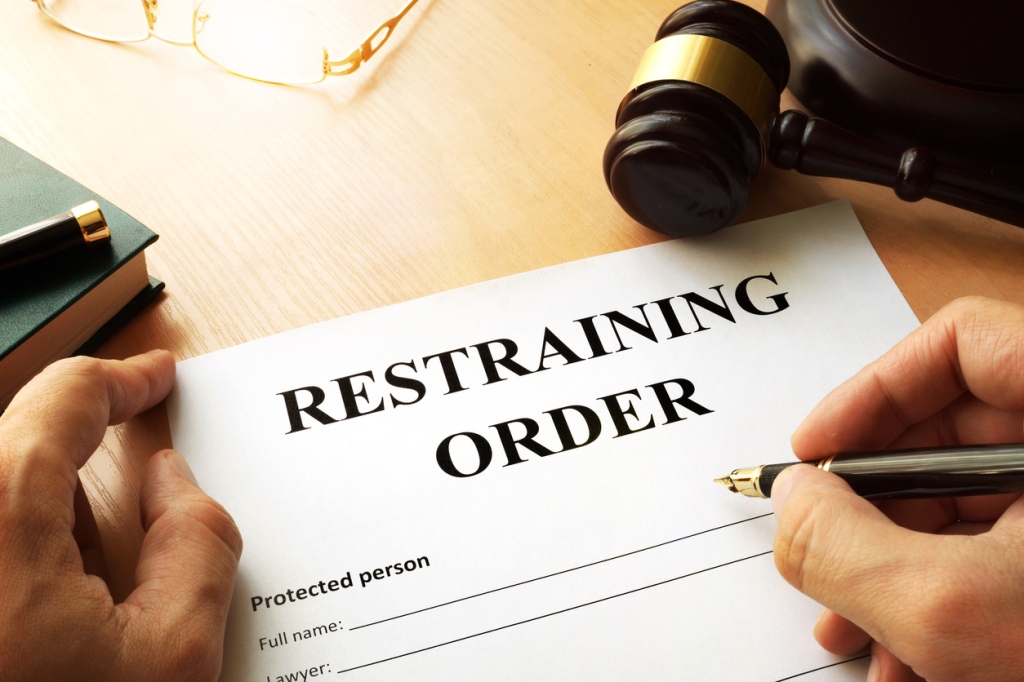
Wisconsin allows for two different types of restraining orders, or what the court refers to as an “injunction”: harassment and domestic abuse. An injunction is a court order that orders a party to refrain from committing certain acts or doing certain things. The word restraining order and injunction are essentially interchangeable. This specific blog will help you determine if you have a case to obtain a harassment injunction.
Harassment is defined in the statute as “Striking, shoving, kicking or otherwise subjecting another person to physical contact; engaging in an act that would constitute abuse, sexual assault, or stalking; or attempting or threatening to do the same. Engaging in a course of conduct or repeatedly committing acts which harass or intimidate another person and which serve no legitimate purpose.”
To determine if you have a case for a harassment injunction you should stop and think about 3 key questions: 1) Is my harasser repeatedly contacting me for no legitimate purpose and/or threatening to cause me harm? 2) Does my harasser continue to contact me even if I don’t respond? 3) Most importantly, have I told my harasser to stop contacting me? If you answered “Yes” to any of these questions, you may have a good case to bring forth a harassment injunction. If you answered no to 1 or more of these questions you may still have a case, but it is best if you speak with an attorney who is experienced with restraining orders.
A harassment injunction can be filed by someone who is being threatened, intimidated, continuously contacted, or all the above. Answering no to the question, “Is my harasser threatening to cause me harm?”, is not going to make or break your case. This question is more so to help determine how long of an injunction should be asked for and to reasonable set expectations regarding your injunction length. However, you do need to show that your harasser is repeatedly contacting you for no legitimate purpose.
Question 2, “Does my harasser continues to contact me even if I don’t respond?” This question helps determine if the harasser has engaged in a course of conduct or repeatedly committing acts which harass you. An important factor is whether the contact is legitimate? For example, if your “harasser” contacts you about getting their sweatshirt and they contact you several days in a row because you don’t respond is legitimate contact because they are contacting you to get something back that belongs to them. That is not harassment. This is opposed to a situation where your harasser is contacting you about going on a date and you don’t respond and they repeatedly contact you back calling you names or bring up something that is not relevant to you or your conversation. This is not a legitimate purpose in the court’s eyes and could be deemed harassment.
Question 3, “Have I told my harasser to stop contacting me?”, is incredibly important because if you have given notice to your harasser to stop contacting you, this is an essential function of an injunction. If your harasser continues to contact or intimidate you after you have told them to stop, the court will not look kindly on them.
If your harasser has access to firearms and you feel that there is a legitimate threat to your safety, please reach out to an attorney immediately to discuss your legal options for protection. If there are firearms or weapons involved in your case, the court can order for the weapons to be removed from that person.
If you answered yes to any of the questions above or feel like you are being harassed, please contact our firm at (414) 258-1644 for a free consultation.
